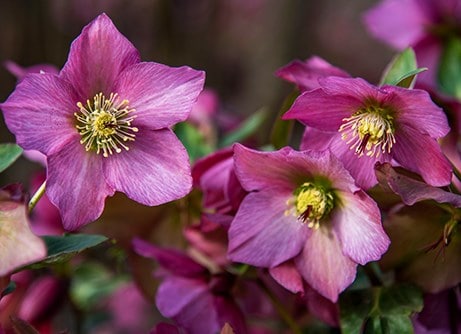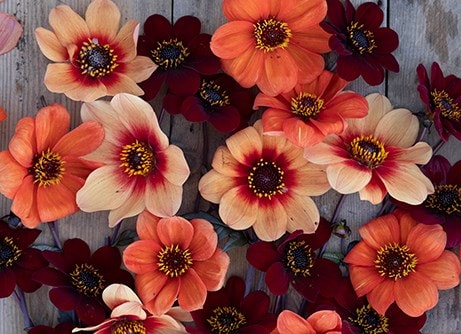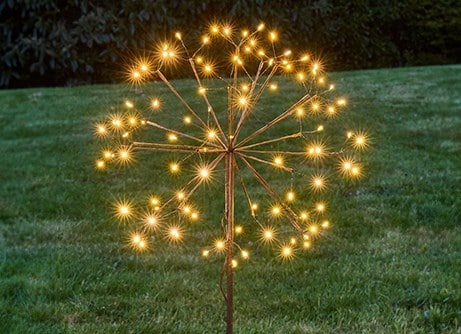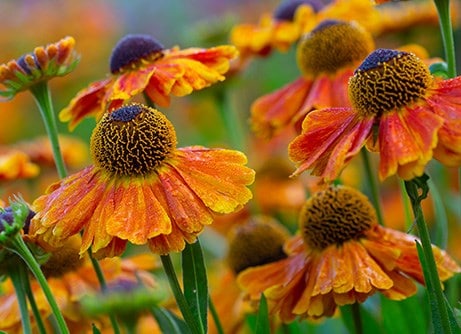Seasonal jobs for the month: June

| 1. |
It is not too late to stake herbaceous perennials, especially tall plants such as Delphinium and larger lilies |
|

| 2. |
Thin fruit, especially on apple and plum trees, for bigger fruit, less biennial bearing and fewer broken branches |
|

| 3. |
Remove suckers developing at the base of fruit or ornamental trees and roses. Tearing, not cutting, them off lessens the chance of the sucker resprouting |
|

| 4. |
Take softwood cuttings from tender plants such as Argyranthemum, Fuchsia and Pelargonium, and from shrubs such as Buddleja, Hydrangea and Lavandula |
|

| 5. |
Harvest early peas and prepare for a late sowing to get an autumn crop |
|

| 6. |
Finish planting out bedding and tender plants for seasonal displays. Choose larger containers as they will be less prone to drying out |
|
Kitchen garden
- Finish planting out of tender vegetables raised under cover such as peppers, tomatoes, cucumbers and squash. Protect with fleece during cold nights
- It is high time to sow squash runner and French beans, corn, pumpkin and squash directly into a prepared ground early in the month in the South
- Grow catch crops such as lettuce and radish to fill gaps between slow maturing vegetables such brassicas
- Pinch out new shoots of figs when they have formed five leaves
- Continue tying tomatoes to a support or twisting the stems around a string. Twist before watering as stems will be less brittle. Remove side shoots on cordon cultivars
Ornamental garden
- Trim topiary, especially Buxus
- Sow seeds of winter-flowering pansies and ornamental cabbage/kale for winter displays, wallflowers and Bellis for spring colour
- Tie in new shoots of climbing and rambling roses as horizontally as possible to encourage flowering
Pest and diseases
- Apply treatment for codling moth on apples the third week of June, with a second application about three weeks later (or calculate more accurate timing if using pheromone traps)
- Ensure that insect proof mesh or fleece is well secured in the soil not leaving any gaps
- Consider applying biological control where ants nests are a problem
- Watch out for glasshouse whitefly. Hang yellow sticky traps, apply biological control or insecticide before the plants are fully infested
|
Lawn
- Raise cutting height during periods of dry weather
- Provided that the turf was not recently treated with a lawn weedkiller, add small amounts of lawn clippings to the compost heap and mix in well
|
Glasshouse & indoor
- Apply liquid feed according to the manufacturer’s instructions. Check growbags or compost packaging for any specific feeding advice.
- Damp down greenhouse during hot days to increase humidity and discourage glasshouse red spider mite
- Watch out for grey mould and remove affected plant material promptly
- Give exotic plants such as citrus, Mandevilla and Cymbidium orchids a summer holiday outdoors. Position them in a sheltered spot to prevent sun scorch
Ponds
- Skim off duckweed before it gets established
- Reduce algae growth in ponds with barley straw or barley straw extracts
















